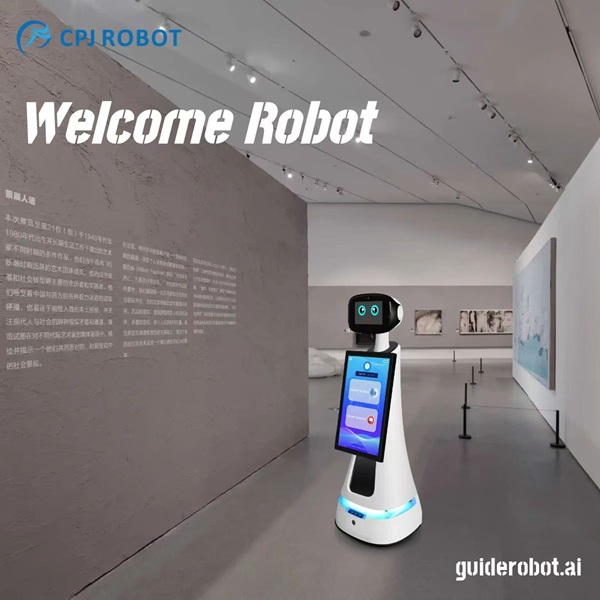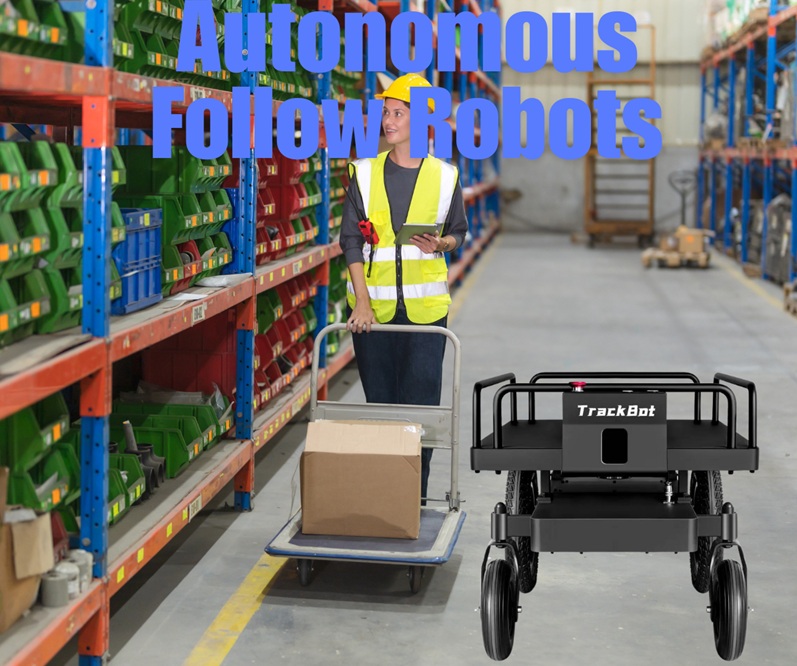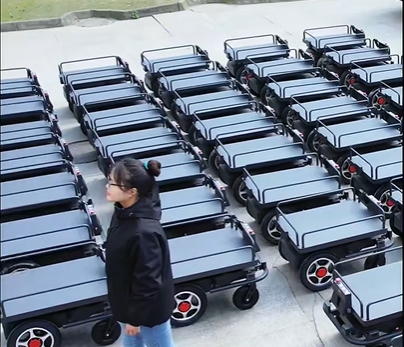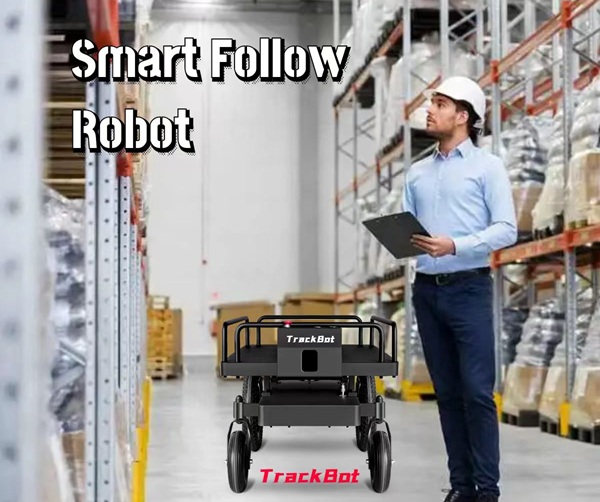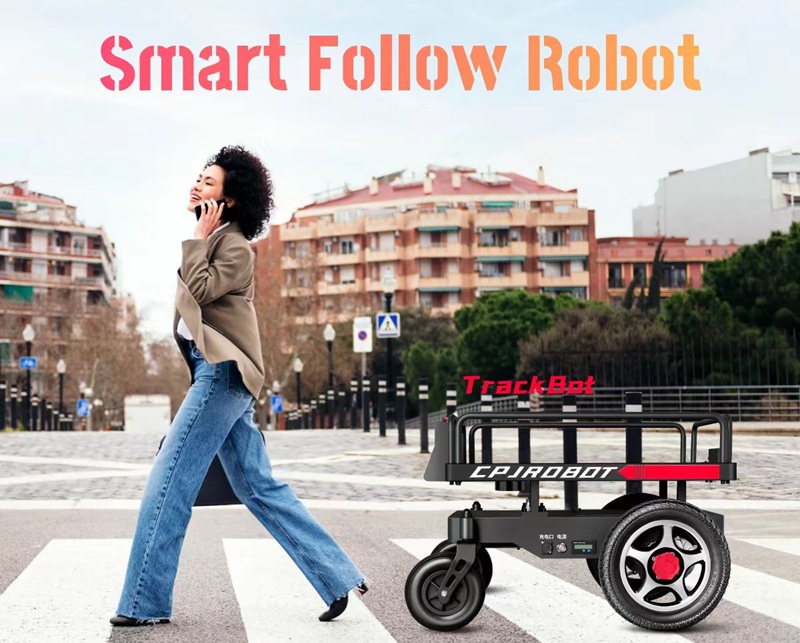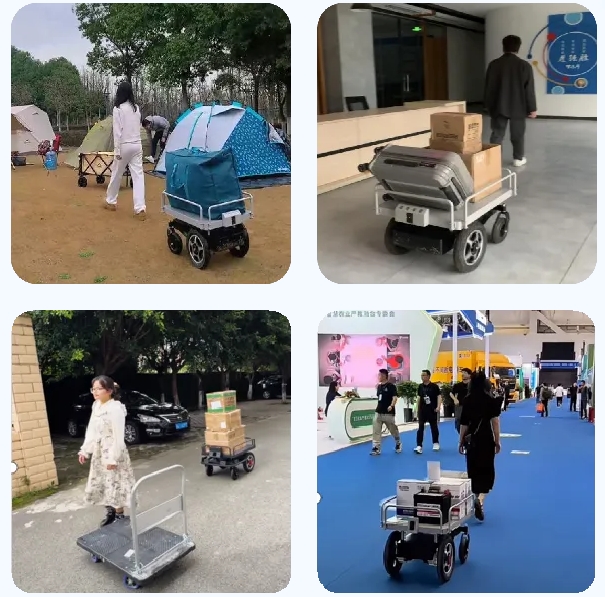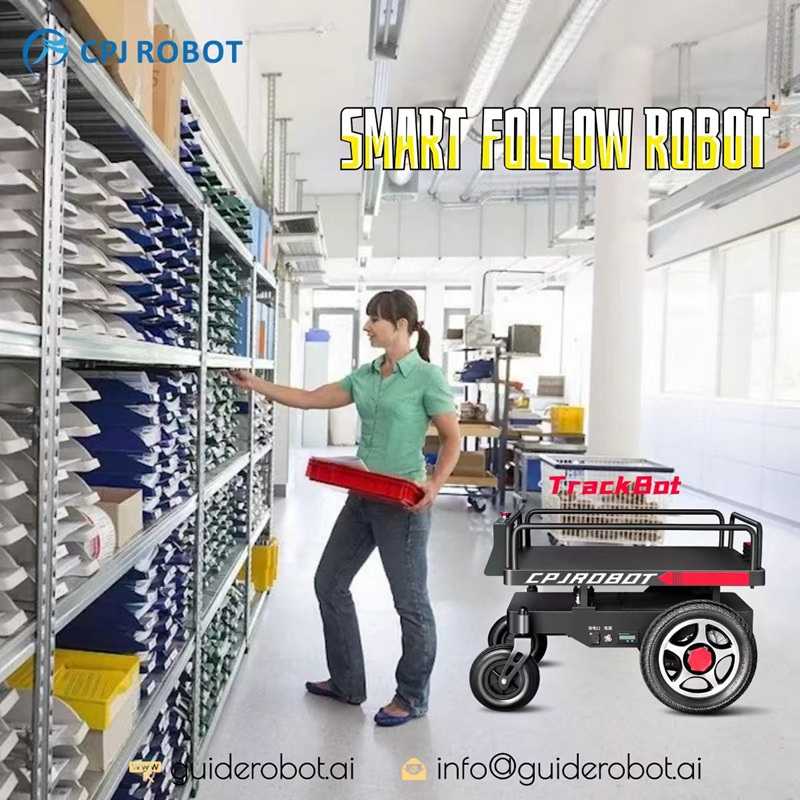In modern museums, where visitor experience is as important as the exhibits themselves, reception robots are transforming the way we explore and interact with cultural and historical displays. By leveraging cutting-edge technologies like real-time monitoring, personalized recommendations, and natural language processing, these intelligent robots ensure visitors have a seamless and enjoyable journey through the museum.
From analyzing crowd density to offering customized routes based on visitor preferences, reception robots provide tailored solutions that enhance both efficiency and satisfaction. Let’s dive into the key ways these robots optimize exhibition route recommendations and revolutionize museum experiences.
1. Real-Time Crowd Monitoring
Reception robots monitor foot traffic in various exhibition areas using advanced sensors and data analytics. By identifying crowded zones, they recommend alternate routes to avoid congestion, ensuring visitors can enjoy the exhibits without interruptions. This dynamic approach adapts to real-time conditions, creating a smoother flow of visitors and enhancing the overall experience.
2. Personalized Recommendation Systems
Through data collection and analysis, reception robots create customized routes based on individual visitor preferences. For instance, history enthusiasts might receive recommendations for exhibits showcasing cultural artifacts, while art lovers might be guided to galleries featuring paintings and sculptures. This personalized approach ensures every visitor discovers the most relevant and engaging exhibits.
3. Autonomous Navigation and Obstacle Avoidance
Equipped with advanced navigation and obstacle avoidance technologies, reception robots move seamlessly through complex museum environments. They guide visitors along pre-planned routes, adjusting dynamically to changing conditions such as temporary exhibit closures or sudden crowding. This ensures visitors stay on the best path to explore the museum efficiently.
4. Multimedia Display and Interactive Experiences
Reception robots enhance route recommendations with multimedia presentations. Using touchscreens or projection systems, they display virtual maps, exhibit introductions, and videos that immerse visitors in the experience. By interacting with these features, visitors can receive tailored suggestions and explore the museum in a more engaging way.
5. Natural Language Processing
Natural language processing (NLP) capabilities enable reception robots to understand and respond to visitor queries in real-time. Whether answering complex questions about exhibit locations or providing detailed descriptions of artifacts, robots ensure that visitors receive accurate and personalized assistance throughout their journey.
Conclusion
Reception robots have revolutionized museum experiences by offering dynamic, personalized, and efficient route recommendations. Their ability to monitor real-time conditions, adapt to visitor needs, and provide engaging multimedia content ensures that every trip to the museum is unique and enjoyable.
At CPJ ROBOT, we specialize in the development and production of advanced reception robots tailored for museums, schools, airports, and more. Our customizable robots leverage cutting-edge technologies like autonomous navigation, crowd analytics, and natural language processing to deliver exceptional service experiences.
Are you ready to enhance your museum’s visitor experience with intelligent reception robots? Contact CPJ ROBOT today to learn more about our innovative solutions.
